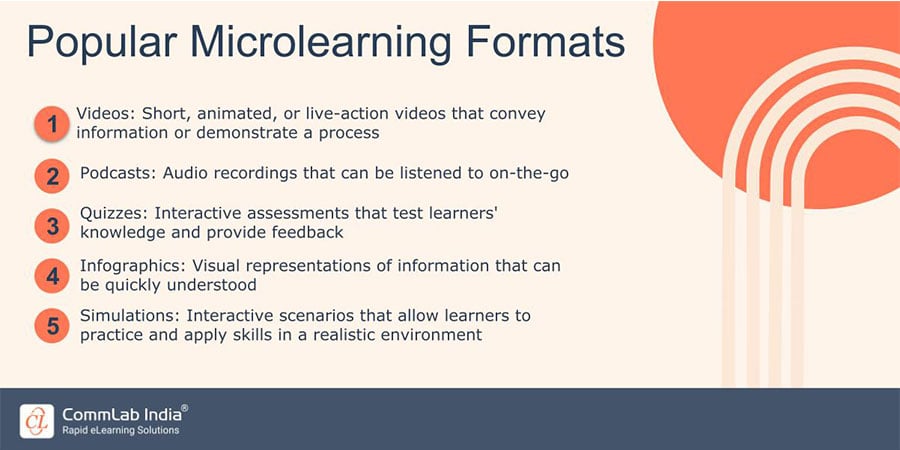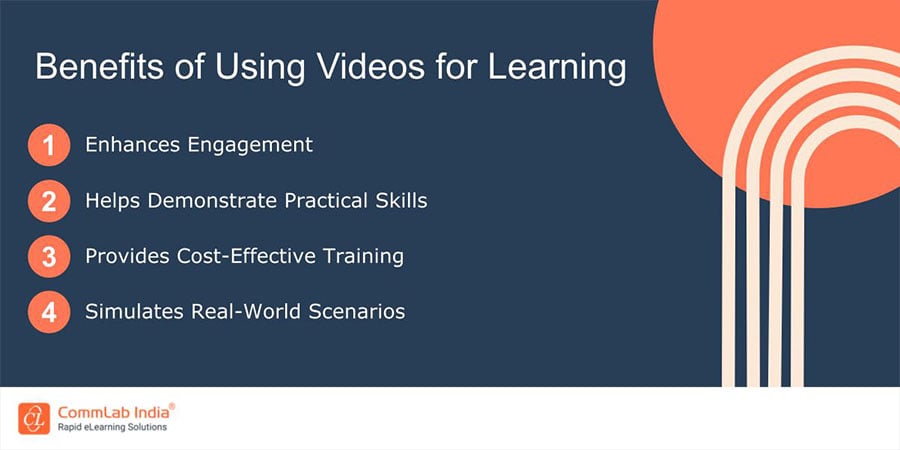Technical Training is Harder to Design - How to Make it Interesting and Engaging

Technical training plays a pivotal role in equipping individuals with the skills and knowledge needed to thrive in today's rapidly evolving technological landscape. However, creating engaging and interesting technical training materials can be a formidable challenge. This blog post aims to delve into the intricacies of designing technical training that captivates learners effectively. By the end of this article, you'll gain insights into how to make your technical training materials more engaging and interesting, ultimately enhancing the learning experience for your learners.
Do You Also Think Technical Training is Harder to Design?
Here are a few suggestions to make it interesting and engaging -
- Understand your audience
- Incorporate interactive elements
- Utilize multimedia and visuals
- Make it relatable
Understanding Your Audience
To craft compelling technical training, it's essential to begin by thoroughly understanding your target audience. Start by identifying who they are, what their background is, and what they hope to achieve through the training. Are they novice learners seeking to grasp the fundamentals, or experienced professionals looking to upskill? Once you've categorized your audience, you can delve into their specific needs, preferences, and pain points.
Consider conducting surveys, interviews, or assessments to gather insights. Understanding your audience's learning style, prior knowledge, and objectives is paramount. For instance, some may prefer self-paced learning, while others thrive in a collaborative environment. Tailoring your training materials based on these insights can significantly enhance engagement. Moreover, empathizing with your learners and addressing their unique challenges and aspirations can create a more meaningful and relatable learning experience.
→ Download eBook Now: Instructional Design Strategies
Choosing the Right Content
Selecting the appropriate content is a pivotal step in designing engaging technical training materials. The content should be carefully curated to ensure it is both relevant and up-to-date. In the fast-paced world of technology, outdated information can quickly diminish the value of your training. Thus, it's crucial to continually review and refresh your content to reflect the latest developments and trends in the field.
Additionally, organizing the content into digestible segments is key. Consider breaking down complex topics into smaller, easily understandable units. This microlearning approach not only prevents overwhelming learners with information but also promotes better retention and understanding. Effective organization can also help learners see how various concepts are interconnected, fostering a more comprehensive understanding of the subject matter.

Incorporating Interactive Elements
Engagement is a cornerstone of effective technical training. It's imperative to incorporate interactive elements into your training materials. These elements can include quizzes, polls, and interactive exercises that encourage active participation. Engaging learners in this way makes the learning process more dynamic and enjoyable, as it shifts from a passive absorption of information to an active and participatory experience.
Moreover, fostering discussion and collaboration among learners can be highly effective. Online forums, discussion boards, or group projects enable learners to exchange ideas, solve problems together, and learn from one another's experiences. Such social learning opportunities not only make training more engaging but also create a sense of community among participants, enhancing motivation and knowledge retention.
Utilizing Multimedia and Visuals
The integration of multimedia and visuals can significantly enhance the appeal and effectiveness of your technical training materials. Research shows that people tend to remember visual content better than text, and the combination of different media types can cater to diverse learning styles. Consider incorporating videos, images, and infographics to illustrate complex concepts, demonstrate practical applications, and provide visual aids for understanding.

Balancing text with visuals is essential. Overloading training materials with too much text can be overwhelming, while excessive use of visuals without substantial content can lead to a lack of depth. Strive to strike a harmonious balance where visuals complement the text, making the learning experience more engaging and informative. Visuals should not just be decorative but should serve a clear pedagogical purpose in enhancing comprehension and retention.
Making it Relatable
To ensure the interest and engagement of learners in technical training, making the content relatable is crucial. Start by using real-life examples and case studies that demonstrate how the technical knowledge can be applied in practical situations. These relatable scenarios help learners connect abstract concepts with their real-world relevance. When learners see the immediate applicability of what they are learning, they are more likely to stay engaged and motivated.
Incorporating relatability also involves explaining the "why" behind the technical knowledge. Instead of presenting facts in isolation, delve into the reasons behind certain concepts or techniques. This not only provides a deeper understanding but also stirs curiosity and a desire to explore further. Contextualizing technical information in this way can make it more interesting and relatable to your audience. Check out this short video to check out the strategies to design a perfect technical training program.
Gamification and Simulations
Gamification, the use of game-like elements in training, can inject an element of fun and competition into technical learning. By adding elements like points, badges, and leaderboards, you can create a sense of achievement and motivation among learners. Gamified activities, such as quizzes or challenges, can turn the learning process into an engaging and interactive experience.
Simulations are another powerful tool for making technical training interesting. They allow learners to apply their knowledge in a safe, controlled environment. Creating realistic scenarios where learners can practice their skills or problem-solving abilities can enhance engagement and retention. Simulations provide hands-on experience, which is often more effective than passive learning methods.
The Role of Instructors and Facilitators
The role of instructors and facilitators in technical training cannot be overstated. Skilled trainers play a pivotal role in keeping learners engaged and motivated. They should not merely deliver information but also encourage active participation and discussion. An engaging instructor fosters a positive learning environment and can provide immediate clarification and support when learners face challenges or have questions.
Instructors can serve as mentors, guiding learners through the training journey. They can provide real-world insights, share their experiences, and offer advice on how to apply technical knowledge effectively. This personal interaction not only makes the training more interesting but also provides learners with a deeper understanding of the subject matter.
Parting Thoughts!
In conclusion, designing engaging and interesting technical training materials is a complex but rewarding endeavor. By implementing the strategies and suggestions mentioned above, you can make technical training both informative and captivating, ensuring that learners stay motivated and find value in their training journey. Check out this eBook to explore a few effective instructional design strategies to design your technical training or anything other type of training modules.





